Watch Facts
Quiz: 2025.01.03 Quiz (Back in Time)
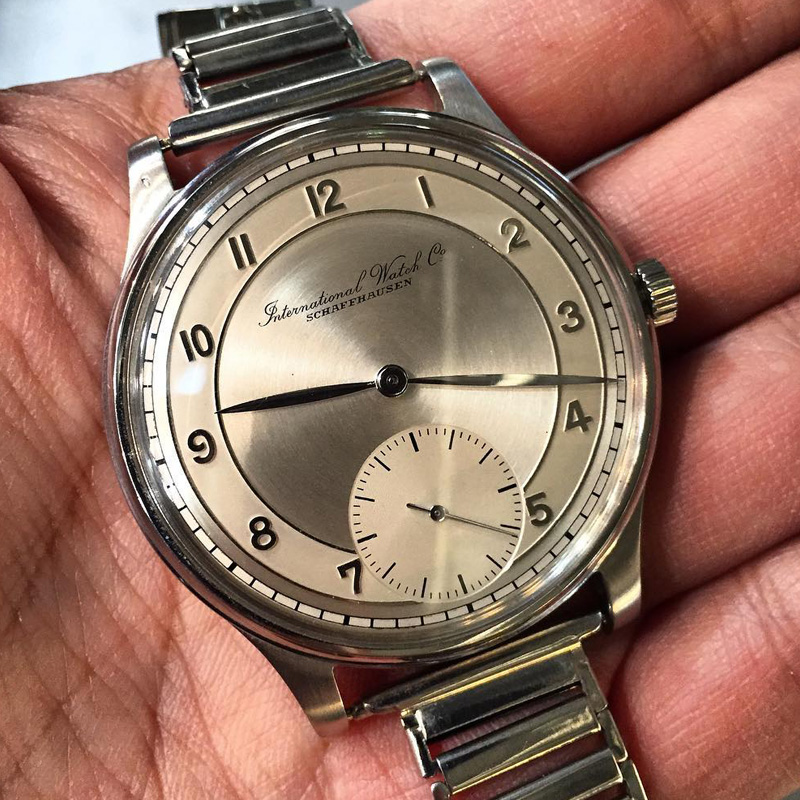
For those who like IWC watches, you may already know the Portuguese was introduced in 1939 but how did it begin? At the end of the 1930s two Portuguese businessmen – Rodrigues and Teixeira – who are in the watch industry visited IWC in Schaffausen inquiring the development of a large stainless steel wristwatch housing a movement with the precision of a marine chronometer. Development ensued and the birth of the Portuguese was born. Here is a, case size 42mm (bracelet non original)
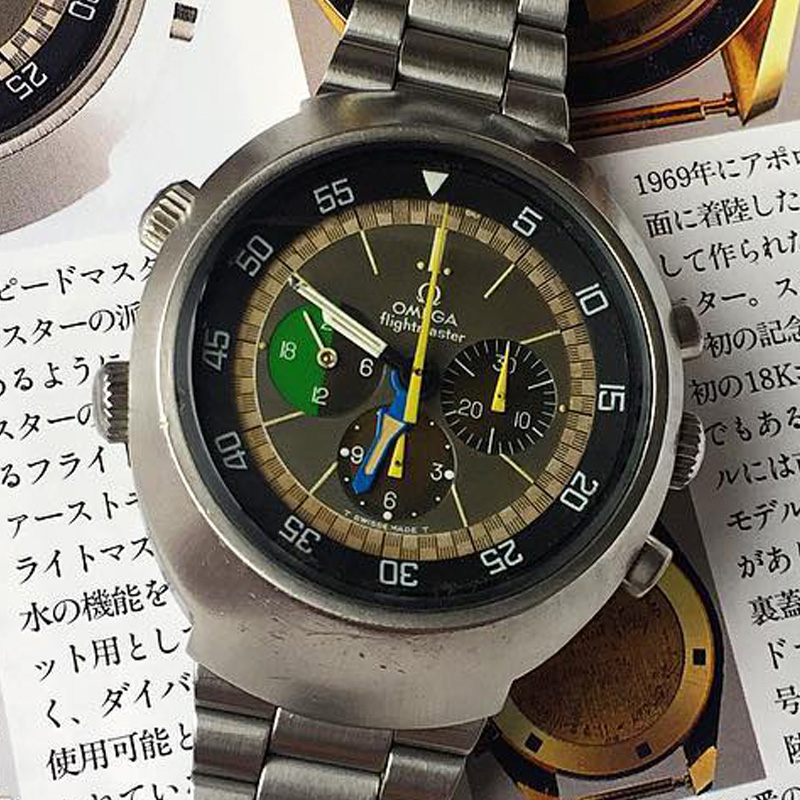
The Omega Flightmaster, a variant from the Speedmaster line. Introduced in 1969, the Flightmaster features the most comprehensive functions with dual TimeZone, chronograph, day and night, etc. The version shown here is the Cal.910 which has the day & night indication whereas the later Cal.911 has the sub seconds indication. Manual winding chronograph in stainless steel.
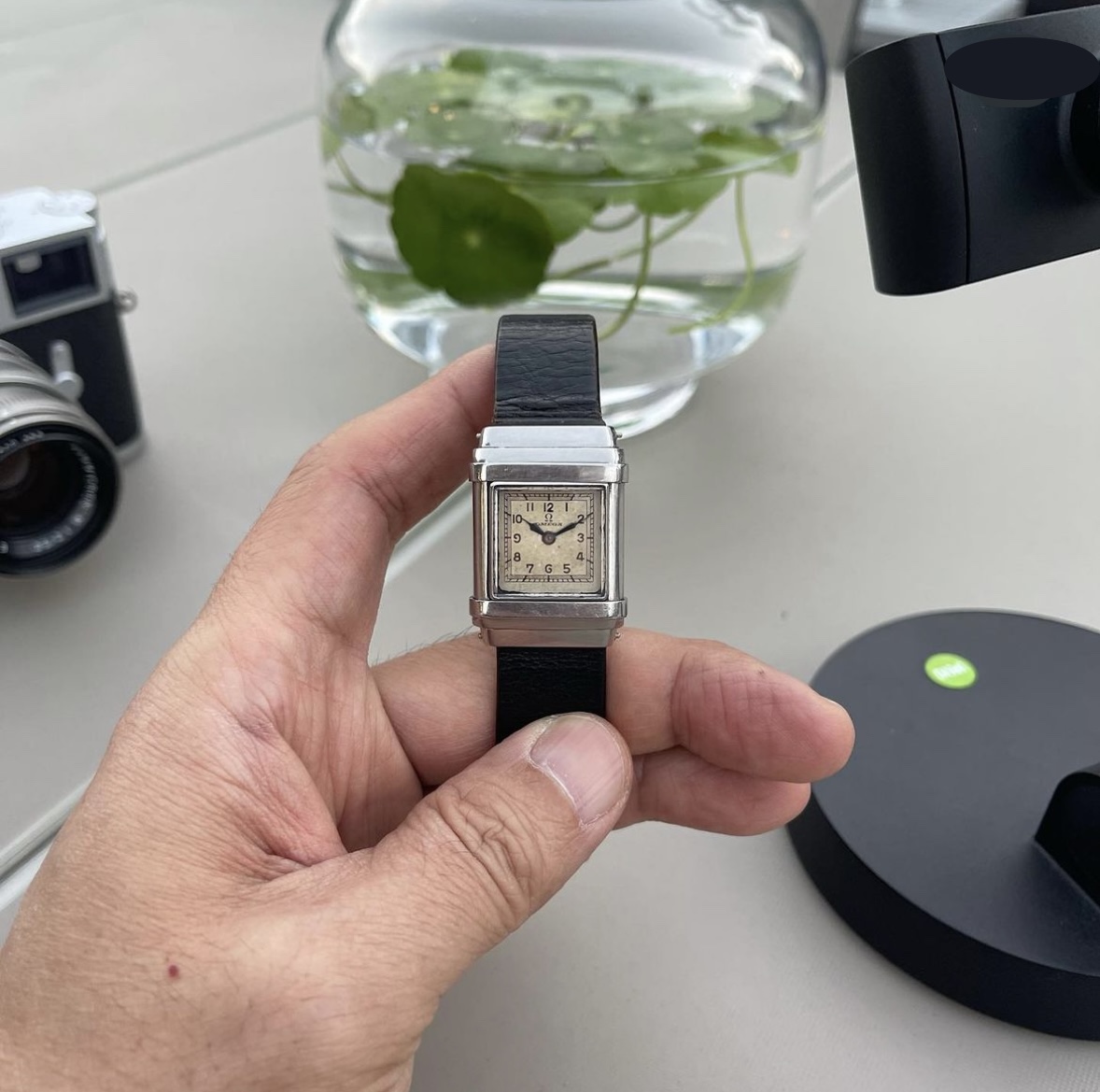
In 1932 Omega introduced a waterproof wristwatch called the Omega Marine reference number 679. The Omega Marine was the first dive watch commercially available to civilians, the first watch specifically tested and qualified for diving. The Marine was at first fitted with the manual winding calibre 19.4 T1, but later with the improved 19.4 T2, created in 1935.

From Jean Claude Biver personal collection. 18k pink gold case in 35mm. The 1518 was the first perpetual calendar chronograph wrist watch ever produced in a series (1941). Only 281 pieces were made until 1954. This watch is up for auction at at Phillips on June 27/28 2020 in Geneva. Estimate 1,200,000 – 2,400,000CHF
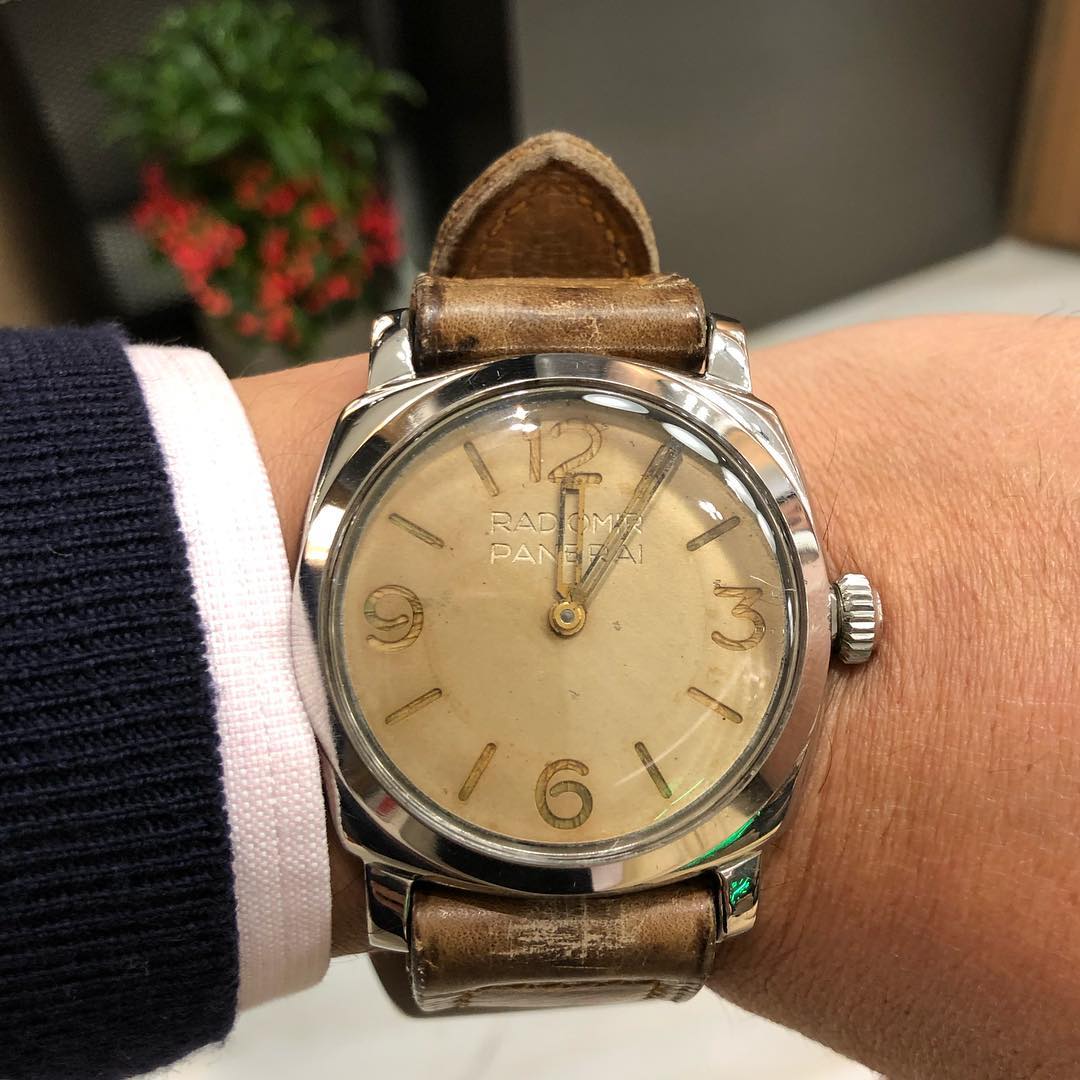
Case is in 47mm in stainless steel. After the world war 2, due to the reform of the Royal Italian Navy, the watches produced for them were all labeled “Marina Militare”; at the same time; they also supply watches to the Egyptian Navy. These Egyptian Navy watch would have “Radiomir Panerai” on the dial (later Luminor Panerai) The lugs were also reinforced; made from the same block of steel.
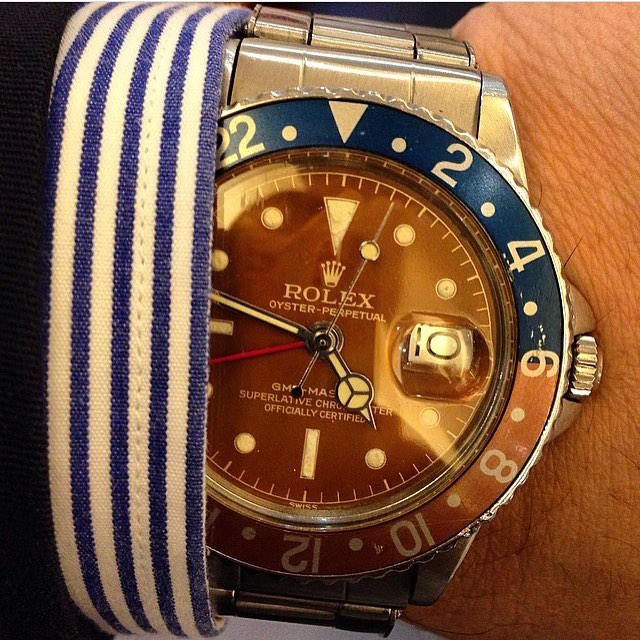
The Rolex GMT-Master watch was originally designed in collaboration with Pan American Airways and issued by the airline to their crews on long-haul flights. The original GMT Master watch has a 24-hour display fourth hand complicationdirectly linked to and displaying the same time zone as the standard 12-hour hand. This GMT hand enabled the crews to set the watch to GMT or another time zone, and using the rotatable 24-hour scale bezel set to the correct offset a second time zone could be read. GMT or UTC is the time zone that is required for all aviation planning, weather forecasts, schedules and other paperwork.
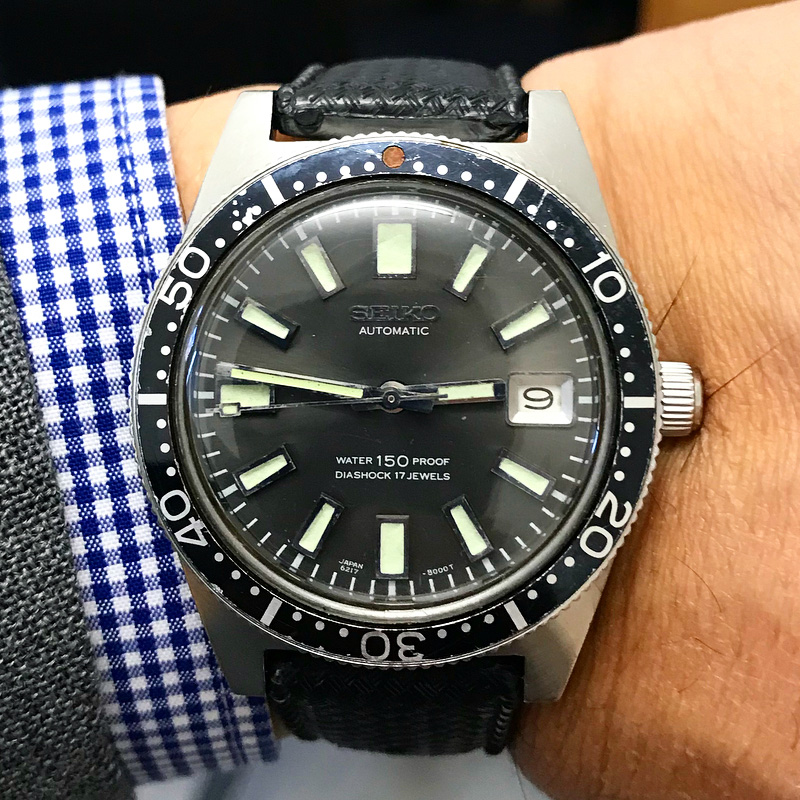
This was Japan’s first diver’s watch. It was an automatic 150m Diver’s. The launch of this model marked the start of Seiko’s pursuit for ever greater reliability and safety. In 1966, the watch proved its reliability and precision on the 8th Japanese Antarctic Research Expedition. The 6217-8000/1, which is better known as the Seiko 62MAS (autoMAtic Selfdater)Stainless steel case at 37mm. It featured a date function, a bi-directional bezel, stronger luminosity on the hands and indexes, and a big crown. It has a screw down case back but non-screw down crown. The Seiko 62MAS was rated to 150M of water resistance. While this doesn’t seem like a lot by today’s standard, it was Seiko’s deepest rating at the time (prior watch was rated only to 50M). The 6217-8000/1 caliber is a 18,000bph automatic, non hacking seconds with quick set date.
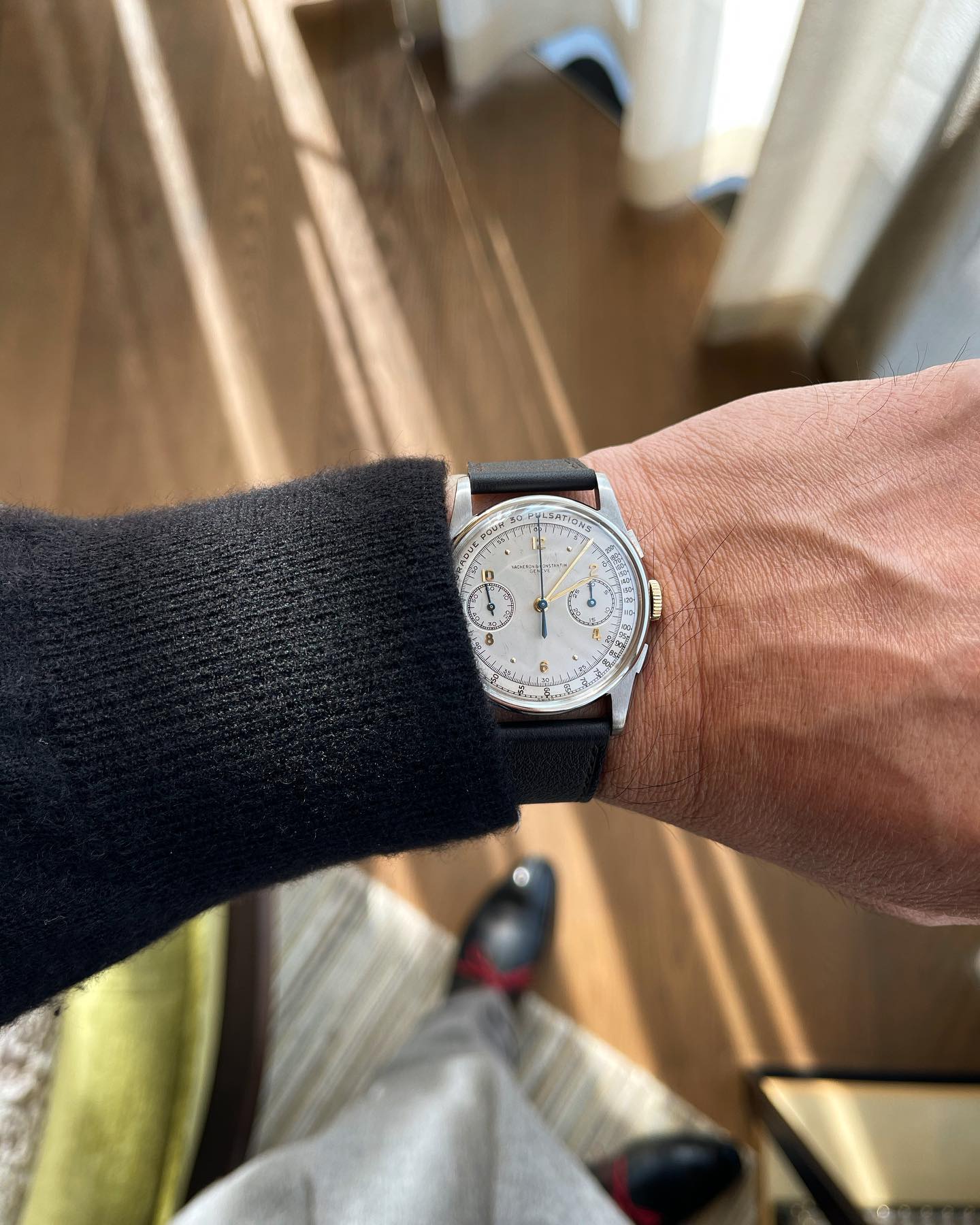
- Vacheron Constantin brings us the Maison’s heritage pieces.
- Chosen with patience and talent by the Masion’s heritage department specialist, vintage watches covering the entire 20th century are now part of the “Les Collectionneurs” collection.
- These pieces are carefully restored by the maison and comes with a certificate of authenticity, and a 2 year guarantee.
- 34 mm case in stainless steel.
- Manual winding movement cal 434, 30-minute counter chronograph wristwatch.
- Two-tone silvered dial, 30-minute counter at 3 o’clock, small seconds at 9 o’clock, pulsometer scale.
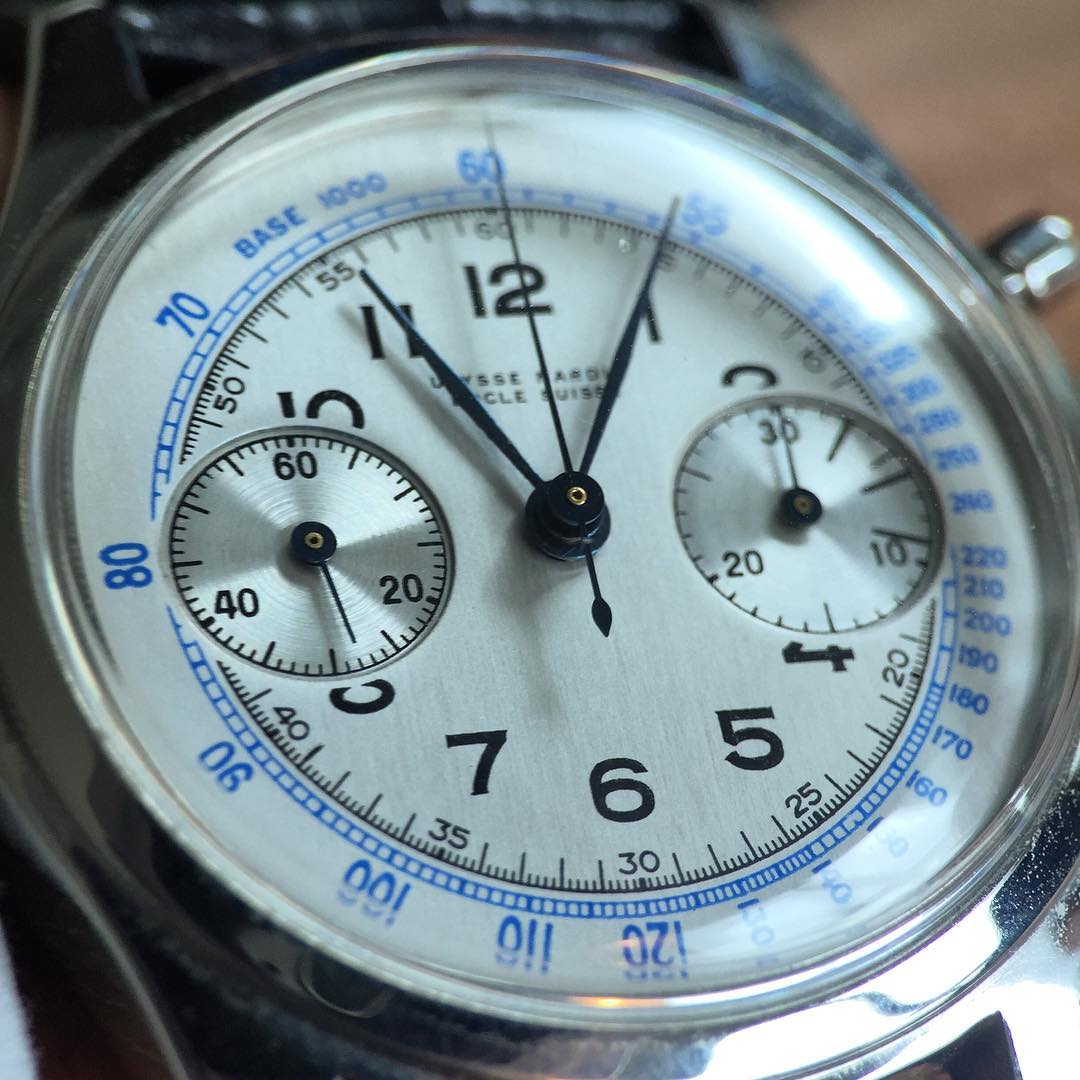
A vintage Ulysses Nardin chronograph from the 1950s, this piece is unrestored, completely original in amazing condition. The large stainless steel 38mm high-pressure snap-back waterproof case, manual winding movement is Valjoux 22-based.
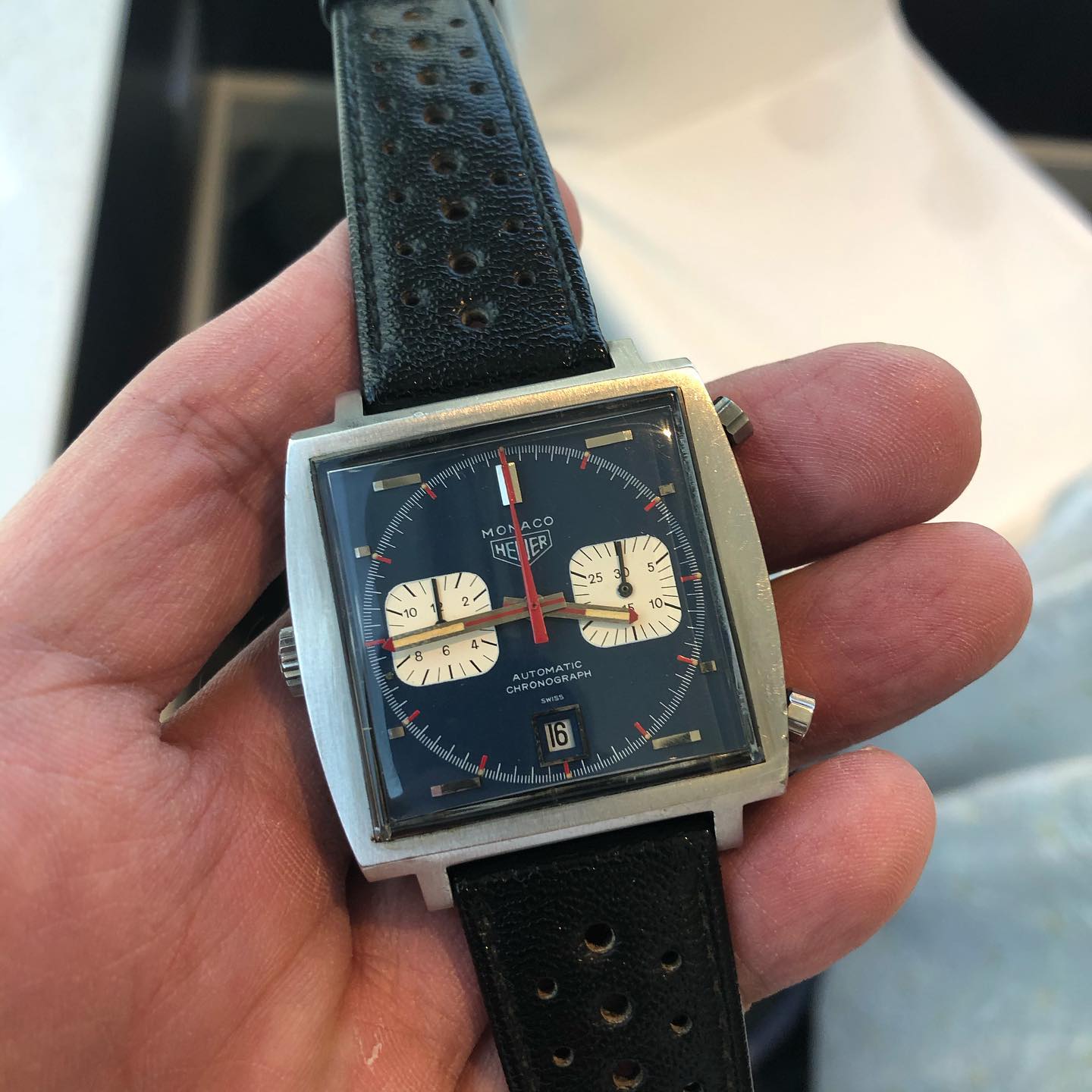
- Worn by Steve McQueen in the racing film, Le Mans.
- In 1971, Steven McQueen starred in the racing “documentary styled” movie Le Mans; directed by Lee Katzin.
- This is before the trend of brand using movies to build their presences; and the production team went out to purchase these watches at retail price.
- McQueen took one Monaco and gave it to his chief mechanic; thanking him for keeping him alive for the past few months.
- At first, Haig Alltounian didn’t want the watch but McQueen told him he had already done the engraving on the case back, he couldn’t give it to someone else.
- The Monaco watch was first introduced in 1969, bearing a few significant details, first and foremost is the case shape, being square isn’t the easiest to make it water resistant; but they’ve managed to get the Monaco to withstand water to 100m.
- 39mm stainless steel case.
- The movement was the legendary cal 11. In 1967 a group of companies; Breitilng, Hamilton-Buren, Heuer, and Dubois-Depraz— joint effort to develop a new automatic chronograph movement.
- In 1969, they unveiled the Cal. 11. The Heuer Caliber 11 was the company’s first and arguably most famous automatic chronograph movement.
- This watch is up for auction on December 12th at Phillips auction (New York).
